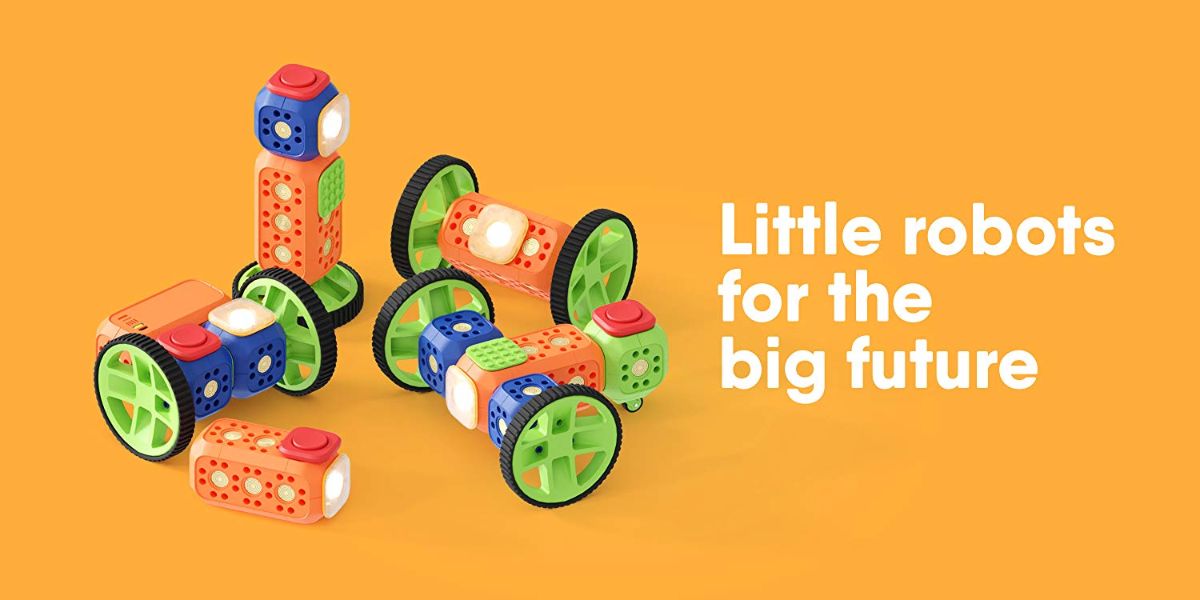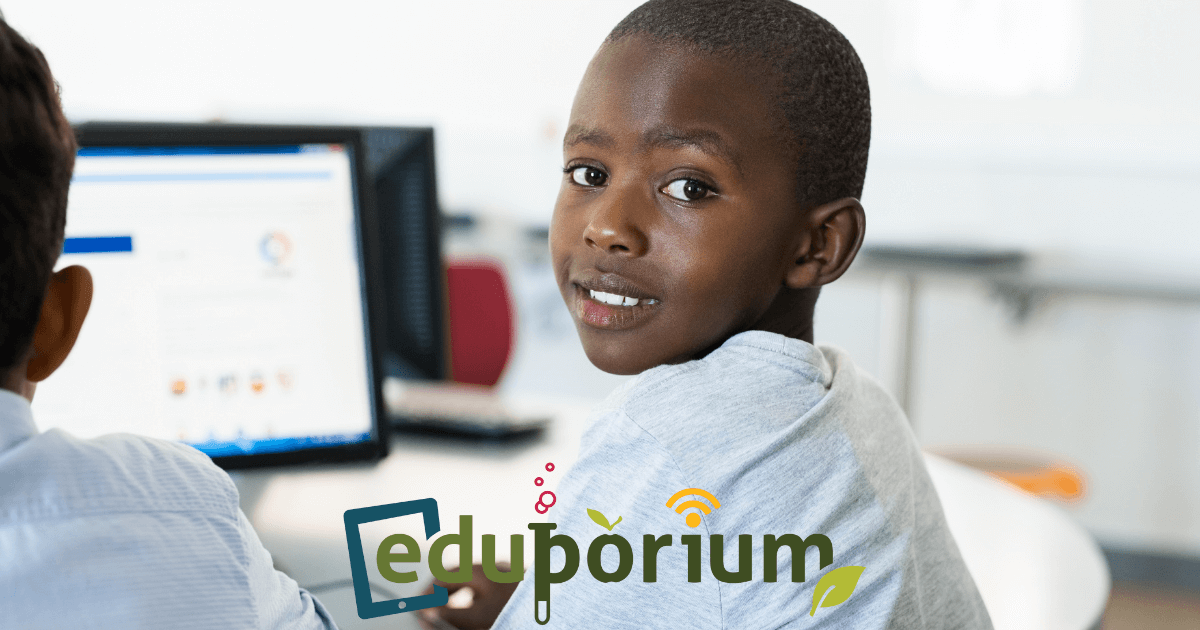Earlier this week, EdTech Digest announced its 2020 report on the State of EdTech, which features a comprehensive look at the trends that are popping up most in K-12 educational technology, the EdTech leaders who are making the biggest difference for students, and a look at some of the companies who are leading the way. The report features 1,000 companies in all areas of EdTech and STEM education and we’re happy to say we were on the list along with some of our partners, like 3Doodler, BirdBrian Technologies, Sphero, zSpace, and more.

We encourage you to download the report to get a full understanding of its content, but we’ll try to summarize some of the key points in this post. Some of the main sections within the report, which is accessible as a PDF after download, include foreshadowing some of the changes that could occur over the next year, embracing and erasing pushback to EdTech, literacy education, the top 100 EdTech influencers, owning the future of education, companies to watch (where we were mentioned), and themes to focus on, among others.
One of our favorite sections is the ‘numbers’ section, which can be found on Page 9 of the report. Some of the statistics EdTech Digest provided include the global market value of EdTech, which is at $252 billion. The digital learning gap has been closed in 99 percent of US classrooms. Last decade, a total of $32 billion was allotted to global EdTech funding. That number is expected to climb to $87 billion by 2030. By 2025, digital education investments are expected to total $325 billion—up from $142 billion in 2018. Finally, of the more than 76 million US students, 85 percent of them use a digital device for at least part of the school day.
In the report, details are provided signaling that important changes will be coming to EdTech in 2020—though nothing earth shattering in terms of technological innovations is on the horizon. Rather, there looks to be a lot more large-scale adoption and implementation of some of the longer tenured EdTech trends, which is expected to help more students than ever. In other words, there’s a good chance we see an emerging technology become part of more mass adoption initiatives in the education world.

School leaders aren’t simply pushing technology use, though. They’re using technology in conjunction with traditional instructional methods and the use of technology in education has shifted from being a goal to being an enabler of goals. For this year’s report, EdTech Digest interviewed some notable school and district technology directors to get their take on the impact technology has and will continue to have. Many shared different views on the directions EdTech will take next and the various ways, as a whole, it could wind up impacting students (or not impacting them enough).
Other focal points include the evolution of high school career and technology programs and how technology might affect them, how school leaders can provide revamped means for students to develop the innovative skills that differ than those needed for more traditional employment opportunities, and the role social-emotional learning will continue to play when paired with technology. The report also touches on the fact that teachers are becoming frustrated with technology isolating students and are often trying to erase it rather than embrace it. Ultimately, in cases like this, there needs to be a shift from students being immersed in devices to using those devices to drive their learning and collaboration with others as opposed to a completely independent and sometimes unproductive experience.
The report even touches on the social media platform, TikTok, and the fact that students today spend tons of time consuming short clips. On the other hand, they can produce and share content, too, but the fact that they seek out content that grabs their attention immediately and concludes quickly is appealing to them. This got us to thinking whether or not it would ever be feasible for educators to adopt a similar model based on student learning preferences, but that’s a discussion for another time. TikTok, as the report says, also helps children gain personal recognition through participation in digital media and is the latest example of how youth gravitate towards media that’s something other than text.
As for the Top 100 Influencers in EdTech for the year, claiming the first spot is Dan Caroll, the Chief Product Officer at single sign-on platform, Clever. Others on the list include Dean Kamen (Co-founder of FIRST), Dorann Avey (Digital Learning Director at the Nebraska Dept. of Education), Melissa Dodd (CTO for the San Francisco USD), Scott Kinney (President of K-12 Education for Discovery Education), Caroline Vander Ark (President and COO of Getting Smart), Kim Keith Berglund (Executive Director of Disney Junior), David and Sandra Whelan (Co-founders of Immersive VR Education), Laylah Bulman (Executive Director of the FL Scholastic Esports League), Anna Iarotska (CEO of our partner, Robo Wunderkind), and others from various EdTech companies and school systems. We send out congrats to everybody who made the list!

Finally, the report concludes with predictions on what could be some of the biggest trends and themes in EdTech during 2020. The first thing they point to is technology being used to revitalize and drive student engagement. Right behind that is the transformation of professional development with a focus on reducing traditional, face-to-face PD methods in favor of virtual trainings using more sophisticated ICT tools. Next, they predict a resurgence in students showcasing creativity and the continued growth of robotics in education to teach kids how to solve real-world problems.
Other predictions include the emergence of teaching robots, student social action as a real-world learning platform, how to face new pushback to EdTech as well as how to potentially avoid it, recognizing and addressing the human needs of students, continuing to evolve student literacy skills through innovative practices, preparing kids for the reality of their futures, and possibly a step towards the elimination of standardized testing. The report is incredibly in-depth and covers a ton of different education topics in STEM, artificial intelligence, professional learning, and other important areas. We encourage you to download the report (it’s free) and take some time to browse the sections that are most important to you or reflect on how you feel about what’s happened and what’s coming.



